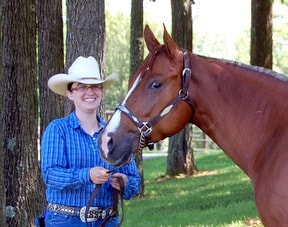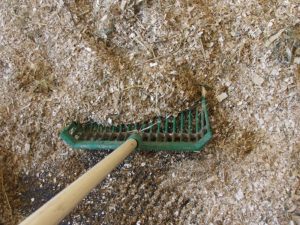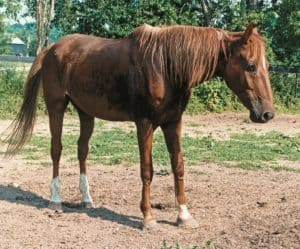
Poll Recap: Joint Injections for Horses
Of the 442 respondents, 90 (20%) use injections as a regular part of their horses’ joint management programs.


Of the 442 respondents, 90 (20%) use injections as a regular part of their horses’ joint management programs.

Of the 682 respondents, 221 (32%) said their veterinarians see their horses twice a year.

Of the 371 respondents, 172 (46%) said they provided their horses with enrichment items such as toys.

Of the 743 respondents, 324 (44%) use cash from their savings or emergency funds to pay for their horses’ health care.

Of the 412 respondents, 193 (47%) said their horses received boosters for equine herpesvirus and influenza this fall.

Of the 758 respondents, only 106 (14%) said they weigh everything their horse gets to eat.

Of the 1,114 respondents, 811 (73%) said they do not body clip their horses during winter.

Of the 258 respondents, 49 (19%) said they manage horses in a lesson program, dude string, or riding program.

Of the 1,087 respondents, 559 (51%) said they use wood shavings or chips to bed their horses’ stalls.

Of the 1,300 respondents, 558 people (43%) said they keep their horse at home, where they do not have an indoor arena.

Of the 545 respondents, 175 (32%) said they will add gravel and/or sand for high-traffic areas on their farm this fall.

Of the 613 respondents, 215 (35%) said they use Facebook to share or gather horse-related information.

Of the 458 respondents, 158 (34%) said they do not know what leptospirosis is.

Of the 1,452 respondents 579 (40%) said they occasionally treat their horse to apples or carrots.

The majority of respondents said they’ve used more experienced horses to help inexperienced ones through new situations.

Of the 585 respondents, 372 (64%) said they have owned or managed a horse with laminitis.
Stay on top of the most recent Horse Health news with